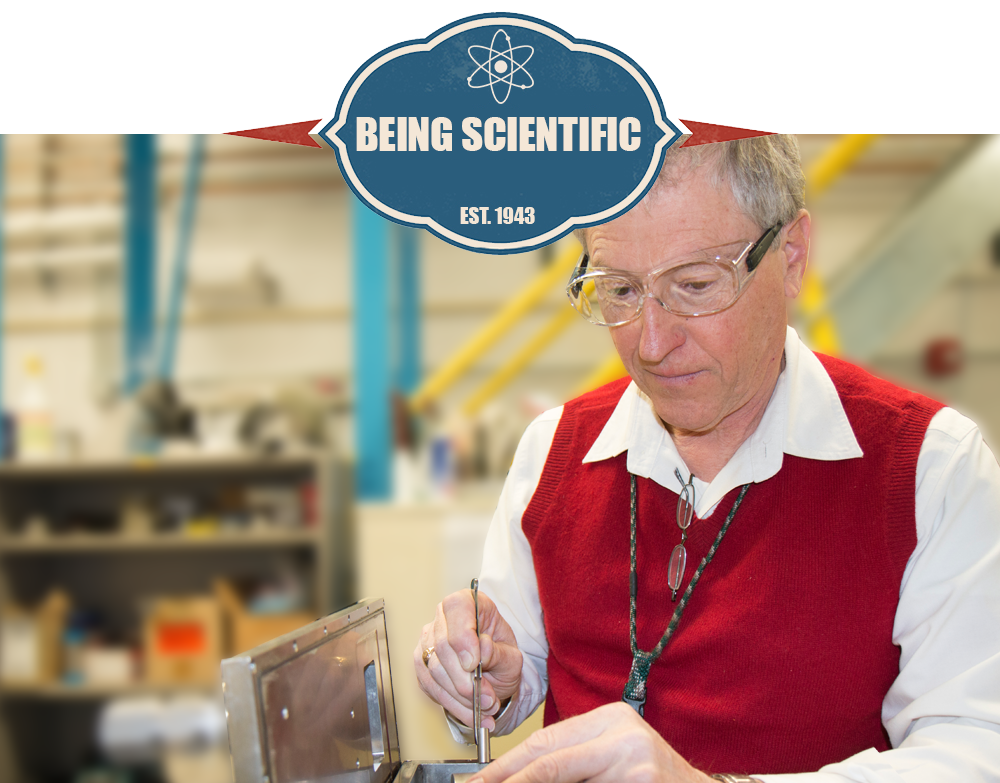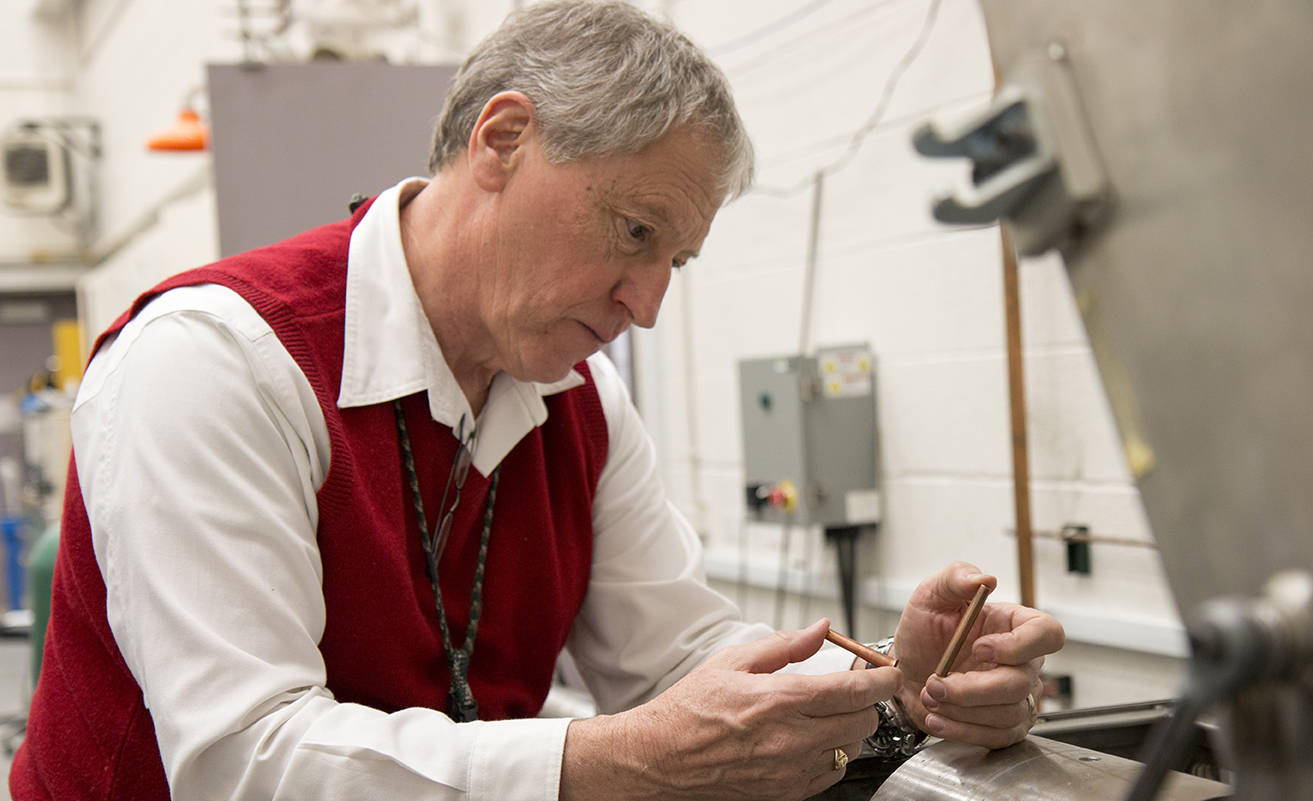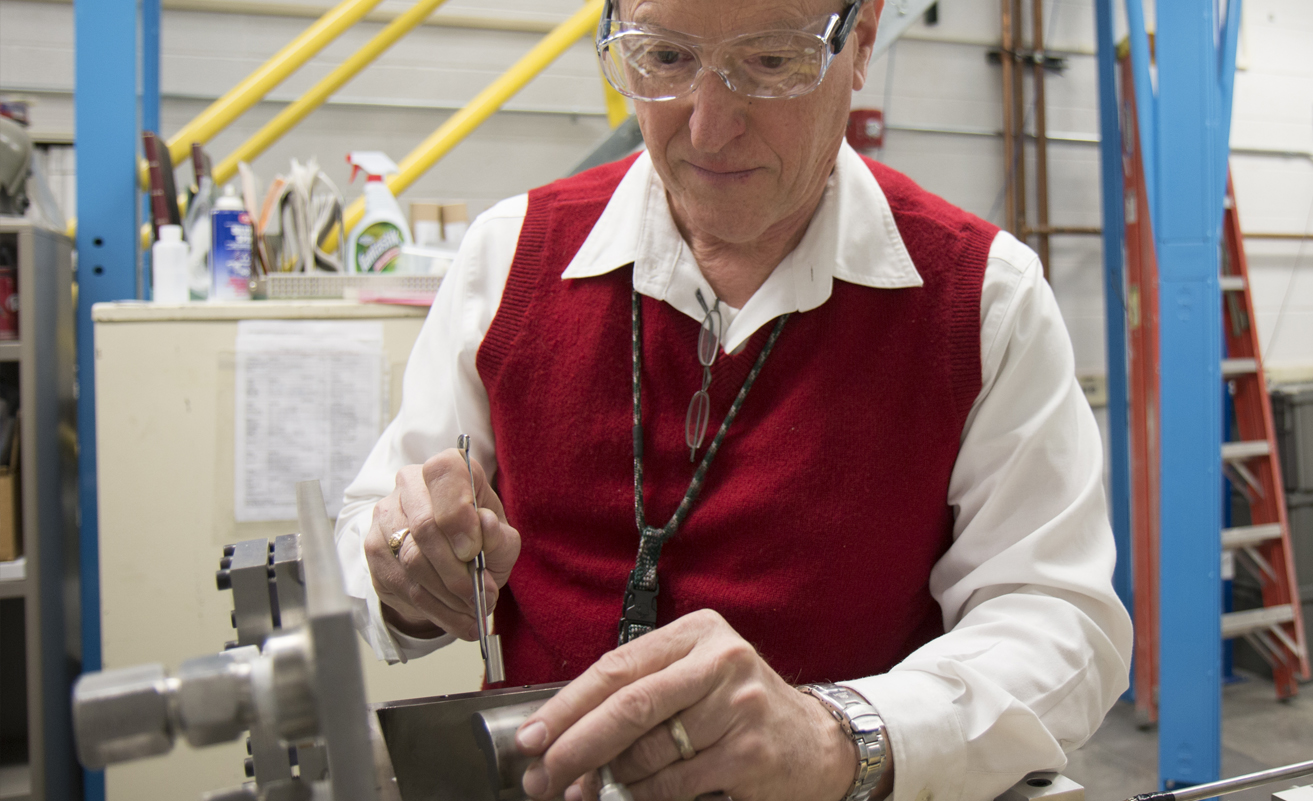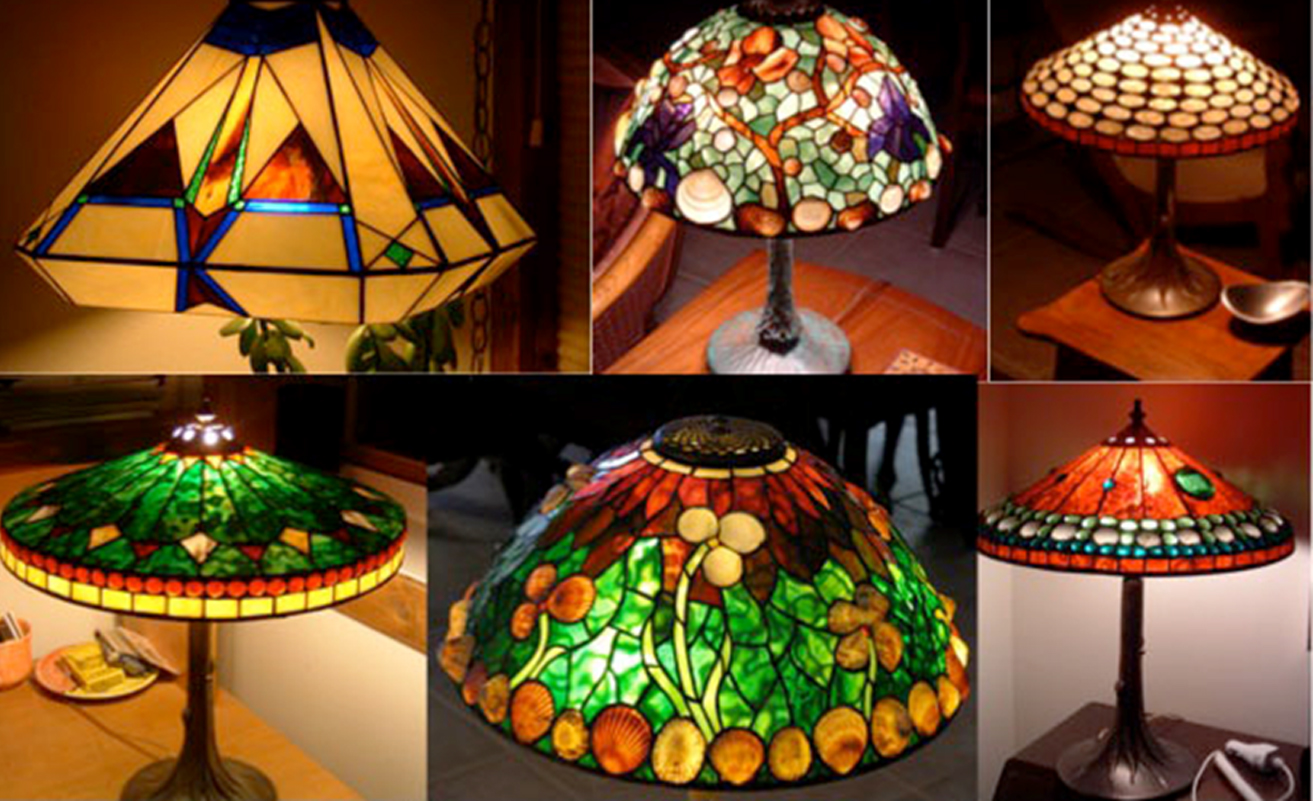Being Tenacious: Tana Cardenas
Lab Character: Who We Are

Rusty Gray
High-impact, hands-on materials scientist
George (Rusty) Thompson Gray III is a tactile person. As a Los Alamos materials scientist, he uses high-powered gas guns to subject materials to dynamic forces, examining the resulting damage patterns to understand why materials fail.
Outside of work, he uses his hands to modify materials—creating elaborate stained glass and woven baskets, and tending the hives of thousands of bees.
For more than 30 years, Gray has made essential contributions to the Laboratory’s national security science mission. He’s made a name for himself within the materials science community.
Most recently, he was elected to the prestigious National Academy of Engineering. He is the only current Lab employee in the organization.

Although he joined Los Alamos in 1985 to perform a combination of fundamental and applied materials research, Gray privately intended to become a university professor. Instead, he fell in love with the arid New Mexican mountains, he said, and the flexibility of the Lab.
Lab Character
Watch for more profiles of Lab employees who exemplify the nine positive character traits that personify who we are, past and present:
- Innovative
- Agile
- Passionate
- Responsive
- Tenacious
- Trusted
- Principled
- Scientific
- Iconic
Discover more about your colleagues and gain insight into their journeys . . .
His assorted roles include leading critical science projects for Stockpile Stewardship efforts and publishing advances in materials science. Gray advises institutions on materials dynamics in defense and manufacturing areas, acting as a liaison between the Laboratory and outside institutions. He is a fellow of Los Alamos National Laboratory, as well as the American Physical Society; ASM International; and the Minerals, Metals and Materials Society (TMS).
From rock hound to metallurgical engineer
Gray’s passion for materials led him to choose the South Dakota School of Mines and Technology for his bachelor’s and master’s degrees, in part because of the school’s geology department and its proximity to the Black Hills. There, he explored long-abandoned Gold Rush mines with his fellow rock hounds, finding rotting beams and collapsed tunnels about as often as he unearthed rare rocks and minerals. In his office, Gray has a portion of a late 1800s mine cart rail from those mountains.
Yet it was a position studying iron shock loading for the U.S. Army as part of his master’s thesis that settled Gray’s career path. He found himself drawn to the challenge of linking iron’s microstructure to its effect on shock-loading response and impact on the post-shock structure/property behavior—a challenge that is central to his Los Alamos research today.
Gray earned his doctoral degree in metallurgical engineering from Carnegie Mellon University, and then investigated cracks and stress on alloys during a three-year postdoctoral fellowship at Germany’s Technical University of Hamburg-Harburg.

'Super dedicated scientist'
Now, Gray leads MST-8’s Dynamic and Quasi-Static Loading experimental team, by example.
These strength, damage and failure models include improvements to the physics behind the mechanical threshold stress and Preston-Tonks-Wallace strength models and the tensile elastic plastic damage model.






